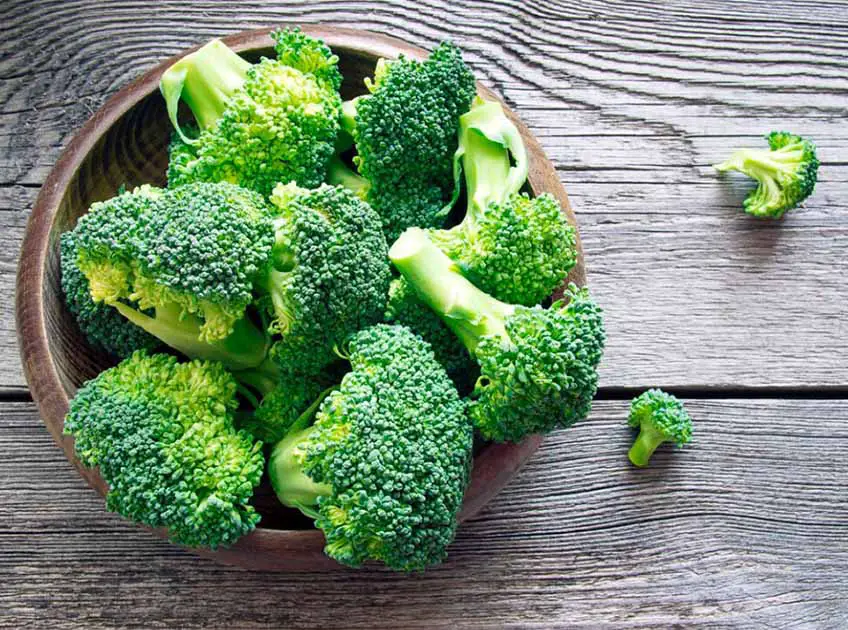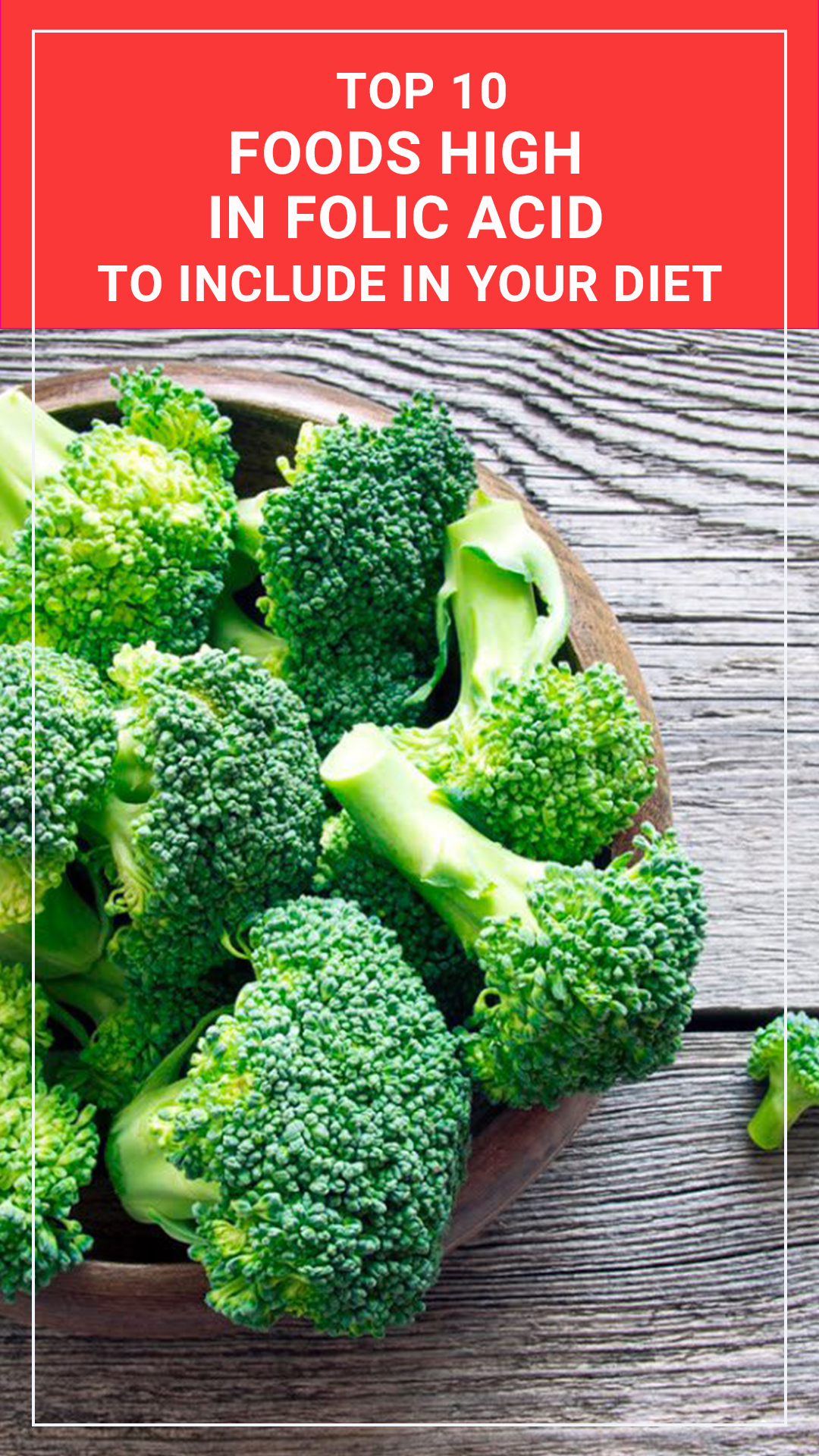
Important: This article is for informational purposes only. Please read our full disclaimer for more details.
Folic acid is an important nutrient that helps the body create new cells and plays a vital role in early brain development. It’s found in leafy green vegetables, legumes, nuts, and fortified foods. Here are ten foods rich in folic acid.
10 Foods High In Folic Acid
1. Spinach
One cup of cooked spinach provides 65 micrograms of folate, or about 16% of the recommended daily intake (RDI). Spinach is also a good source of other nutrients like vitamin A, iron, and magnesium.
2. Black-Eyed Peas
One cup of cooked black-eyed peas provides 184 micrograms of folate, or about 46% of the RDI. Black-eyed peas are also a good source of protein and fiber.
3. Edamame
One half cup of cooked edamame provides 116 micrograms of folate, or about 29% of the RDI. Like black-eyed peas, it’s also a good source of protein and fiber. It’s often served as an appetizer in restaurants and is now available fresh or frozen at many grocery stores.
4. Lentils
A one-cup serving of cooked lentils provides 358 micrograms — more than 90% — of the RDI for folic acid. Lentils are also high in fiber, iron, magnesium, manganese, potassium, zinc, and vitamin K1 (phylloquinone). They’re a good choice for vegetarians and vegans who need to boost their intake of protein and essential nutrients.
5. Chickpeas
One cup of cooked chickpeas provides 282 micrograms of folate, or about 71% of the RDI. Chickpeas are also a good source of plant-based protein, fiber, iron, phosphorus, and copper. They can be used in soups, salads, or as a replacement for meat in vegetarian dishes.
6. Beets
One cup of cooked beets provides 136 micrograms of folate, or about 34% of the RDI. Beets are also an excellent source of other nutrients like manganese, potassium, and magnesium. They can be roasted, steamed, or eaten raw in salads.
7. Broccoli
One cup of cooked broccoli provides 262 micrograms of folate, or about 66% of the RDI. Broccoli is also a good source of vitamins A, C, and K1 (phylloquinone). It can be steamed, boiled, stir-fried, or eaten raw in salads.
8. Asparagus
One cup of cooked asparagus provides 232 micrograms of folate, or about 58% of the RDI. Asparagus is also a good source of vitamins A, C, and E, as well as potassium and fiber. It can be steamed, boiled, stir-fried, or eaten raw in salads.
[ Read: Top 10 Potassium Rich Foods ]
9. Brussels Sprouts
One cup of cooked Brussels sprouts provides 104 micrograms of folate, or about 26% of the RDI. Brussels sprouts are also a good source of vitamins A, C, and K1 (phylloquinone). They can be steamed, boiled, stir-fried, or eaten raw in salads.
10. Avocados
One cup of cubed avocado provides 90 micrograms of folate, or about 23% of the RDI. Avocado is also a good source of vitamins C, E, and K1 (phylloquinone). It can be used as a spread on toast or sandwiches, or as a healthy addition to salads and dips.
These are just some of the many foods that are rich in folic acid. Including more of them in your diet is a simple way to help ensure that you’re getting enough of this important nutrient.
You Might Also Like:
- 10 Foods That Are High in Vitamin A
- Top 10 Foods Highest In Taurine
- 10 Best Foods For A Healthy Liver
- 10 Best Foods To Eat For Anemia
- 10 Foods That Are High in Vitamin B9
- How Does Folic Acid Help for Pregnancy?
- The 10 Healthy Foods That Are High in Iron
- 10 Best Healthy Foods That Are High in Zinc
- The Top 10 Foods High in Vitamin K
- 10 Foods High In Vitamin B5
- The 10 Healthy High-Fiber Foods to Add to Your Diet
















